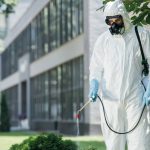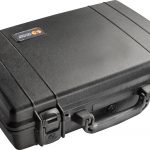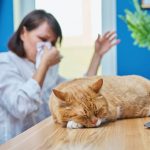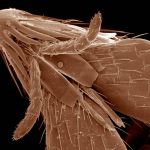Everyday items found in offices, kitchens, garages, and cars may surprise you by qualifying as hazardous waste. Some, like oil-soaked rags and rechargeable batteries, are obvious offenders, while seemingly innocuous items like worn tires and old shoes also pose risks.
These items can harm both wildlife and humans, contaminating soil, air, and water and creating breeding grounds for pests. The resulting issues include infections, poisoning, and more.
Related article: What’s commercial composting? Environmentally friendly? Good?
Which Item is Considered Hazardous?
To be labelled hazardous waste, a substance must exhibit at least one of these characteristics:
- poisonous
- corrosive
- explosive
- flammable
Ensuring safe disposal to protect the environment, as well as sanitation workers who frequently handle these items. Learn about disposal restrictions and options from your local municipality, including special e-waste events. Safely use and dispose of these common household items to contribute to a healthier environment.
Household Items That Should Be Treated as Hazardous Waste
1. Computer Monitors
As computer monitors become larger, cheaper, and lighter, the temptation to upgrade frequently grows. However, the old monitors being discarded contain heavy metals that can contaminate landfills. In some areas, it might even be against the law to dispose of a monitor in the trash. Look for local recycling centres that accept monitors, or consider taking it to a Best Buy store, where they often take old computer monitors for a fee. Keep an eye out for promotions offering discounts for recycling certain products.
2. Thermometers
Although mercury thermometers have been phased out due to toxicity, you may still have one at home. Instead of throwing it in the trash, where it could break and spill mercury, check with your local health department, pharmacy, or doctor’s office. Some healthcare organisations may exchange your old mercury thermometer for a mercury-free one.
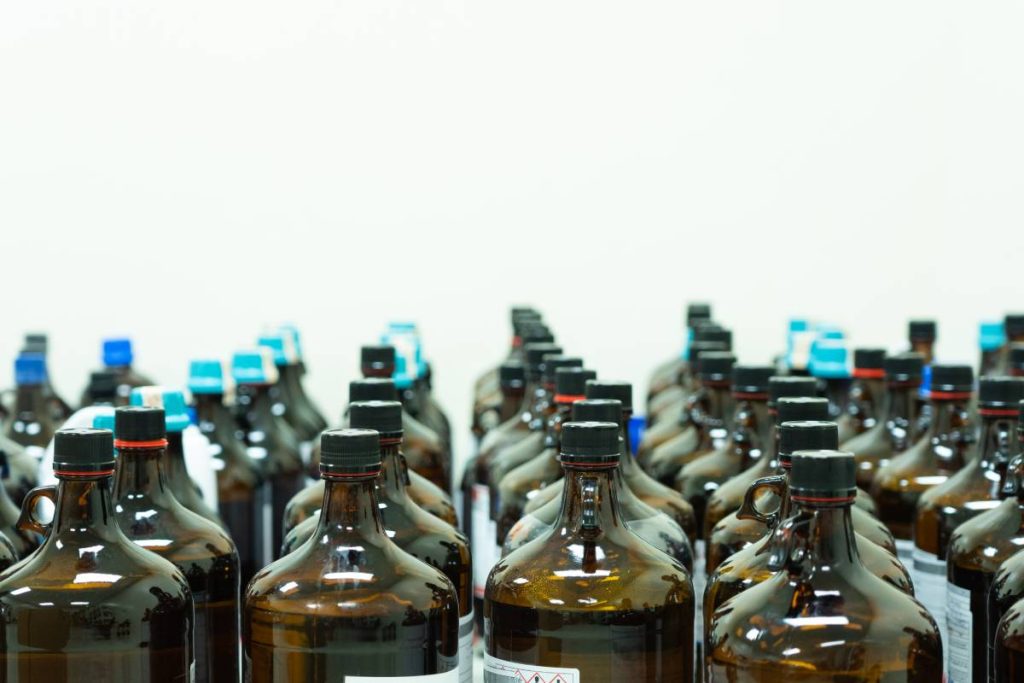
3. Medications
Certain medications, like OxyContin and fentanyl, can be dangerous if ingested by the wrong person or pet. Never dispose of medications in the trash. Instead, check with your local pharmacy or police station for take-back programs. If unavailable, consult the FDA’s Flush List to determine which medications can be flushed if no take-back options exist.
4. Rechargeable Batteries
Present in cell phones, laptops, power tools, and some toys, rechargeable batteries contain heavy metals and chemicals that can harm the environment and groundwater if improperly discarded. When getting rid of a rechargeable battery, seal it in a plastic bag and contact your local trash authority for proper disposal information. Staples stores and, in most states, Home Depot stores usually accept rechargeable batteries.
5. Stain Application Rags
When it comes to disposing of items used for paint or wood stain, it’s not just the cans that need special attention. Damp rags soaked in wood stain chemicals can be a fire hazard. Tossing them in the trash while still wet might lead to spontaneous combustion due to the highly flammable nature of the stain. To safely dispose of these rags, make sure to spread them out and let them dry before throwing them away.
6. Thermostats with Mercury
Another item to be cautious about is the thermostat, as it often contains mercury. While newer digital thermostats are generally safe, the older ones with tubular glass “tilt switches” should not be thrown in the regular trash. Instead, take them to a local hazardous waste collection centre, following the guidelines set by the EPA.
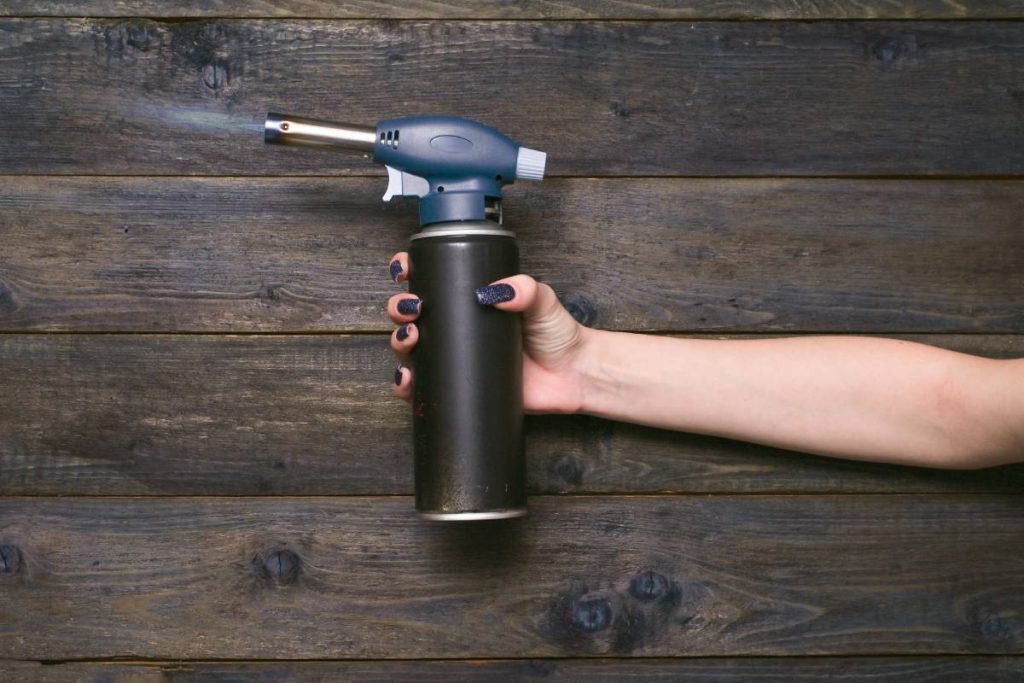
7. Propane Cylinders
Commonly used for camp stoves and personal outdoor heaters, 1-pound propane cylinders require careful disposal. If empty, puncture them with a nail or screwdriver (if your local recycling centre mandates), and place them in a tin bin. However, if a cylinder is still partially full, it’s best to drop it off at a hazardous waste collection centre rather than dispose of it casually.
8. Automotive Fluids
While changing your car’s oil and antifreeze on your own can save money, it’s crucial to handle the fluids responsibly. Dumping them on the ground can harm the soil and endanger animals. Instead, pour the fluids into a large plastic bucket with a tight-fitting lid. Contact an auto repair shop to safely dispose of them, even if it involves a small fee. If that’s not an option, take the fluids to your local hazardous waste collection site for proper disposal.
9. Unused Pesticides
Your yard’s pesticide, designed to tackle unwanted pests, has a shelf life. Even after it expires and loses effectiveness, it shouldn’t be thrown in the trash. For proper disposal guidance, visit National Waste Policy, or reach out to your State Health and Environmental Agency for specific instructions.
10. Discarded Tires
When you swap out your car’s tires, resist the urge to toss the old ones in the landfill. Landfills often prohibit tires due to their non-biodegradable nature and space consumption. The unique shape of tires makes burying them challenging, and, as per the EPA, they become ideal breeding grounds for mosquitoes.
Additionally, tire fires in landfills release toxic chemicals into the air and are hard to extinguish. Be a responsible citizen and explore your state’s scrap tire program to discover legal options for disposing of old tires.
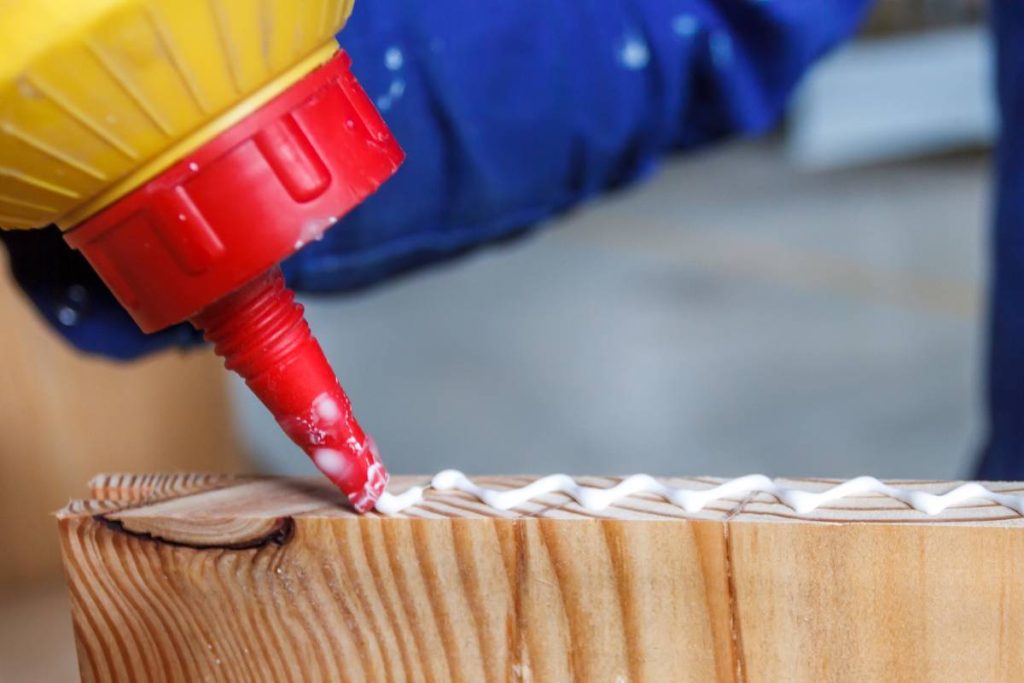
11. Household Adhesives
Various glues and adhesives are used in household and workshop projects, but some, like rubber cement and epoxy, contain solvents harmful to the environment. Avoid tossing them in the trash. Follow the disposal instructions on their packaging, which might include allowing the product to dry completely before taking it to a hazardous waste collection centre.
12. Nail Polish Remover
Nail polish remover, containing acetone with highly flammable vapours, poses a fire risk. To minimize this danger, ensure that cotton balls and swabs soaked in the remover are completely dry before discarding. Place used containers in a separate plastic bag, seal it tightly, and then dispose of the bag in the trash.
13. Broken Light Bulbs
Not all light bulbs break with the same level of hazard. Compact fluorescent bulbs (CFLs), black lights, tanning bulbs, and those used in bug zappers contain mercury vapour, making them potentially dangerous when broken.
If such a bulb shatters, don’t vacuum it up. Instead, ventilate the room for 5 to 10 minutes, collect large pieces in a glass jar, and use sticky tape for tiny shards. Place the tape and any other bulb debris in the jar, seal it, and then put the jar in a sealed plastic bag for disposal at a hazardous waste collection centre.
14. Specific Cleaning Products
While household cleaners are generally safe when used correctly, some, like bleach and oven cleaners, contain sodium hydroxide (lye) and other chemicals that can pollute water sources if improperly disposed of down drains or in the trash. Adhere to local guidelines for proper disposal. Whenever possible, choose eco-friendly cleaning alternatives to minimize the environmental impact of harsher concoctions.
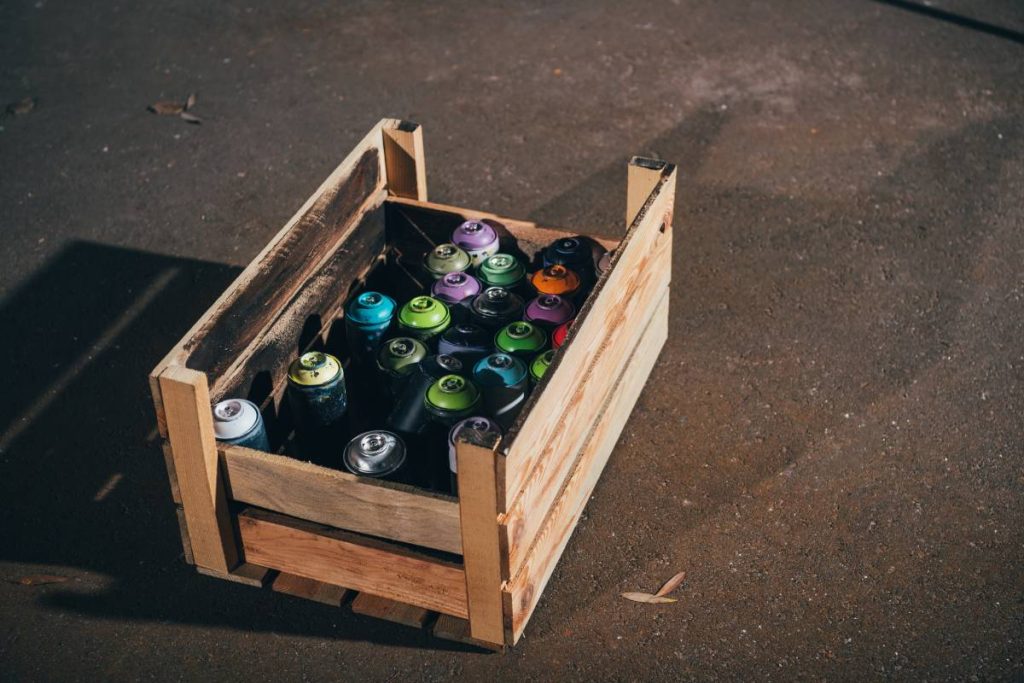
15. Aerosol Cans
Aerosol cans serve various purposes, dispensing paints, pesticides, personal care products, and more. Despite their widespread use, their pressurised nature and potentially harmful contents make them hazardous if not disposed of correctly.
Aerosol cans often contain propellants like hydrocarbons or compressed gas, contributing to air pollution if released improperly. Empty aerosol cans should be completely emptied before disposal. Consult local waste disposal guidelines to determine if empty cans can be recycled.
For full or partially full cans, contact your local waste management company or take them to an approved collection site where professionals can puncture and drain any remaining contents safely.
16. Certain Kids’ Toys
Toys designed for children that contain lead can pose environmental risks if not disposed of properly. When these toys end up in landfills, the lead can seep into the soil and water, impacting the environment and potentially causing harm to plants, wildlife, and humans. In 2007, numerous toy recalls were issued due to lead contamination. If you encounter an older toy that may contain lead, place it in a disposable bag and take it to a local waste collection centre for proper disposal.
17. Used Cooking Oil
Pouring cooking oil down the drain can lead to severe clogs and damage to sewage systems. Over time, not only you have to call a plumber, but untreated oil can introduce bacteria and other hazards into local water sources. In cases of large spills into bodies of water, a thick oil layer can harm marine life.
To dispose of used cooking oil correctly, let it cool and solidify, then pour it into a sealed container and dispose of it with household trash. Check with your local municipality, as some recycling centres and hazardous waste collection sites may accept used cooking oil.
18. Fire Extinguishers
Fire extinguishers contain chemicals that, if mishandled, can contaminate soil and water. The pressurised canisters, if not emptied or depressurised correctly, may also pose an explosion risk. Contact your local household hazardous waste facility or consult the label on your fire extinguisher for specific disposal instructions to ensure proper handling.








